While Metal may be the future of Apple's graphics APIs, third-party developers and developers are seeing both advantages and disadvantages to the technology, as detailed by the developer of "Deus Ex: Mankind Divided."
In an interview with MacGamerHQ Feral Interactive's Andy Wood spoke about the technology, and the implications of it.
"Metal has developed quite a bit in the last few months," said Wood, when asked about Metal's evolution. "Sierra includes many of the key features that new games need, but currently it still requires a fair bit of engineering from us in order to get the games over the release line."
Apple hasn't updated its OpenGL implementation for some time, as a result of the shift to Metal. At present, Apple's non-Metal OpenGL API remains at version 4.1 dated to around 2010, with the current version being 4.5, which was released in 2014. Wood confirmed that "necessary features" were missing from Apple's OpenGL, which prevented the release of racing title "F1 2015" for the Mac.
"It's not about making development easier exactly, but the new features in Metal certainly make more games feasible on Mac," said Wood about the overall benefits of Metal. "With Metal, we have much more possibility to bring them to the Mac with good performance."
Feral Interactive's first title with Metal support is dystopian future shooter "Deus Ex: Mankind Divided." Without divulging specifics, Wood declared support for migrating future and back-catalog Feral titles to Metal.
Apple introduced Metal for Mac during the 2015 WWDC. First introduced as a feature in iOS 8, Metal is a core-level graphics technology that allows developers nearly untethered access to system GPU hardware for highly efficient processing.
Metal for Mac works almost identically to its iOS counterpart, as developers can stack on apps on core animation and core graphics, as well as built-in OpenGL and OpenCL API support. While the most obvious use of Metal is for games, Adobe found huge improvements by stacking After Effects and Illustrator on Metal.
 Mike Wuerthele
Mike Wuerthele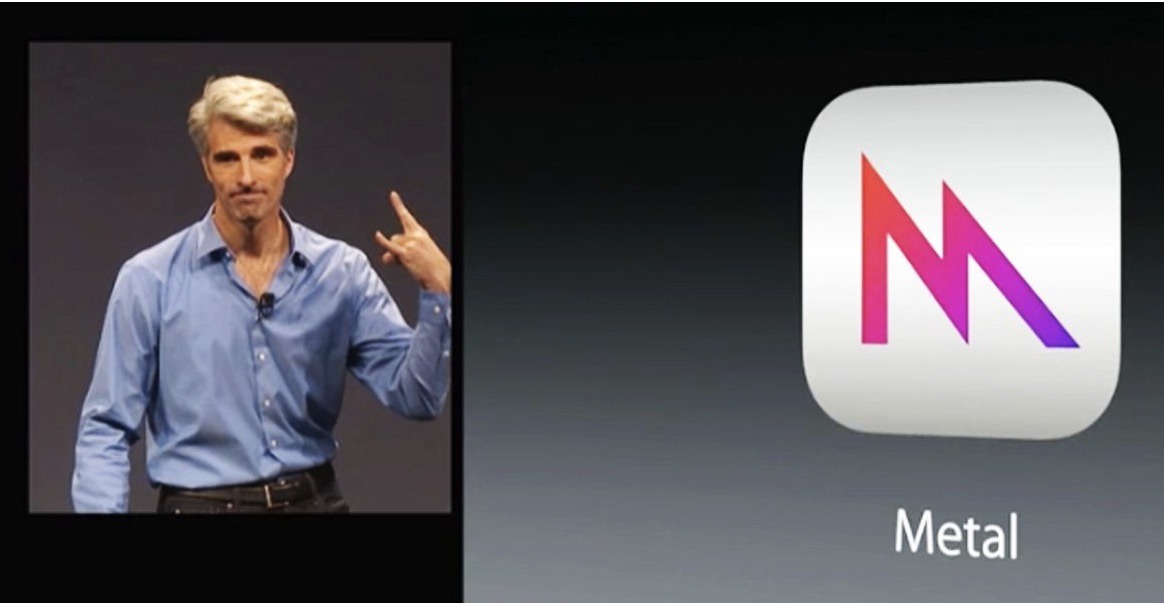
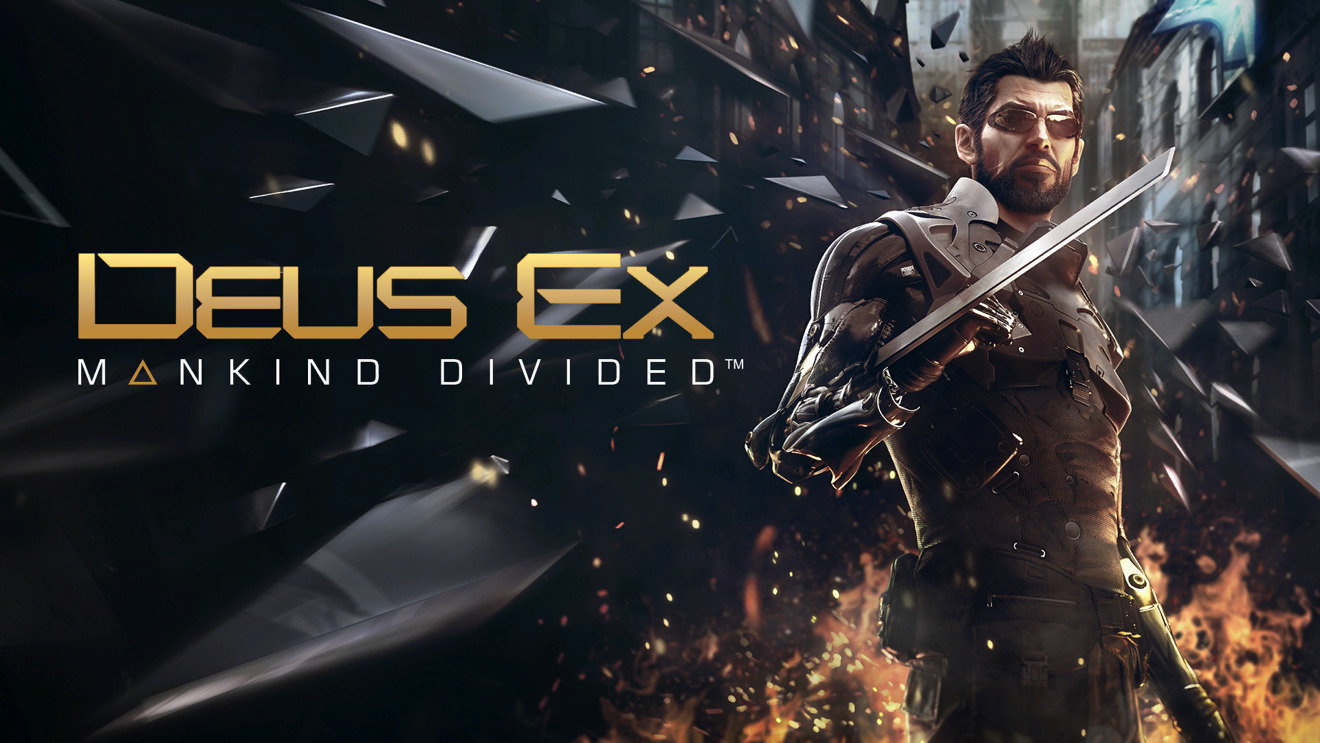








 Wesley Hilliard
Wesley Hilliard
 Marko Zivkovic
Marko Zivkovic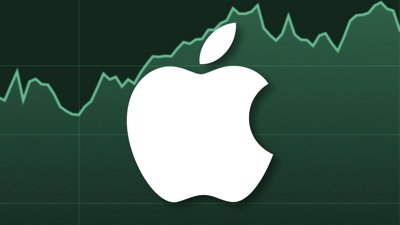

 Christine McKee
Christine McKee
 Amber Neely
Amber Neely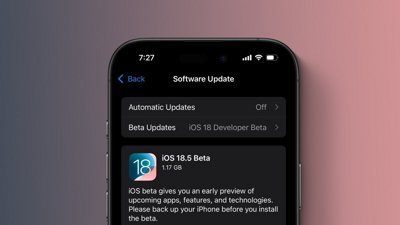

 Malcolm Owen
Malcolm Owen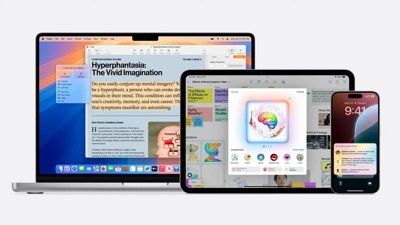









17 Comments
So... basically the headline is a lie.
Feral finds no disadvantages with Metal.
They are simply bummed that Apple is focusing on Metal and has left its Open GL implementation to gather dust...and Feral likes to use Open GL.
Apple really should update Open GL though. No reason not too.
Apple should update Open GL.
Obviously, by not updating it Apple encourages development on Metal - which is better.
It appears that by not updating Open GL, Apple has prevented this developer from easily porting his existing app to the Mac -- loss for Mac users and Apple.